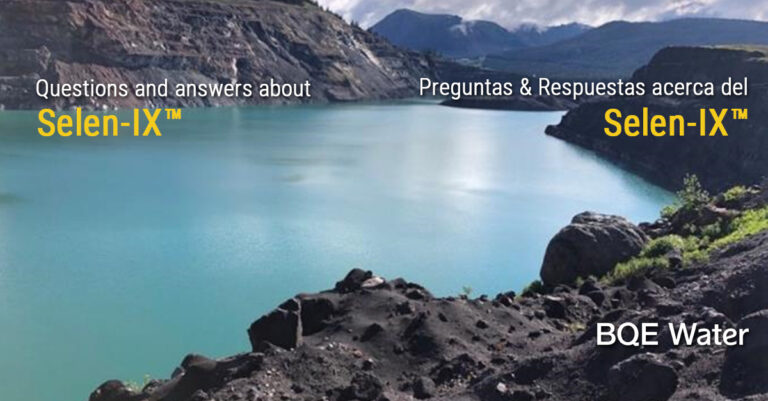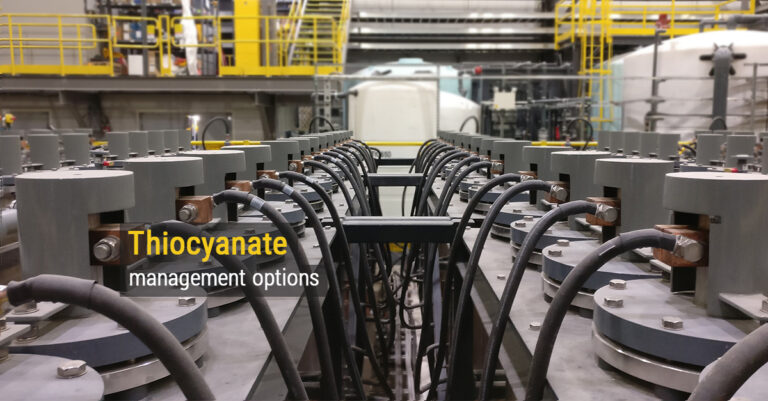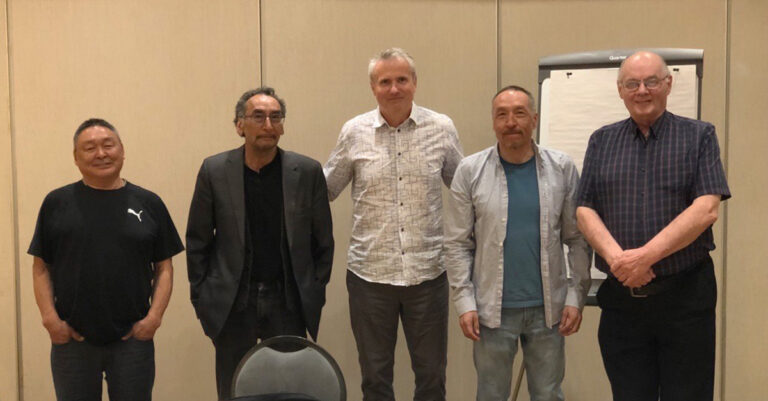Indigenous Partnerships
STEWARDSHIP OVER WATER
BQE’s business is stewardship over water as a shared precious resource throughout the life cycle of mining projects. This requires long-term views and holistic thinking which are expected by indigenous groups who are considering mining projects in their vicinity and/or on their traditional territories. Through its wide range of services, BQE effectively acts as a single point of accountability for ensuring clean water production from permitting to closure. This provides continuity to the project, which carries significant worth by indigenous groups who value stability and longevity.
Building of trust between indigenous groups and BQE happens naturally with BQE’s business model where BQE assumes the responsibility for production of clean water through the following:
- BQE designs plants with the view of operating them and guaranteeing their performance in the long-term.
- BQE charges for operations only when water meets the target quality. FNs immediately recognize that BQE seeks to be a partner vested in the long-term success of the project rather than a short-term transaction.
- Direct involvement of the FNs in operation of water treatment facilities alongside BQE.
- Training of members of local communities to become water treatment operators.
- Training to help with long-term monitoring.
- Joint reporting to communities.
- Co-ownership of water treatment assets
- When FNs wish to establish control over water treatment assets but lack expertise, BQE helps ensure the assets longevity and viability.
COMBINED LEGACY
It is important to recognize that BQE’s partnerships create long-term business and employment opportunities that are incremental to those created by the mining companies directly and extend beyond the operating life of the mine. Indeed, the partnerships with BQE offer a platform that helps engage the FNs in remediation activities related with water in closure and post-closure.
BQE’s Partnerships as Platform for Increasing Transparency & Social Responsibility
The partnerships between BQE and indigenous groups are always entered into with the full knowledge of the mining companies whose projects benefit from the BQE’s partnership since the partnerships.
- Provide platforms for information sharing and transparency about water quality and water treatment with FN’s communities.
- Encourage FN’s communities to get directly involved and be co-responsible for clean water production for discharge.
- Positively empower FN’s to be in control of environmental protection on their traditional territories throughout the project life cycle which elevates their participation and increases vested interest.
Examples of BQE Water’s Partnerships
This section describes not only the existing BQE’s partnerships with indigenous communities but also the different routes that lead to these partnerships.
KENO HILL
First Nation Na-Cho Nyak Dun
The partnership with the First Nation Na-Cho Nyak Dun (FNNND) is the most recent, formed just earlier this year. Understanding that BQE was being considered by Hecla for helping with improving water treatment at their Keno Hill operation, and that this mining operation was situated on the traditional territory of the FNNND, the CEO of BQE, David Kratochvil reached out to the CEO of the Na-Cho Nyak Dun Development Corporation (NNDDC) to introduce himself and the company to the NNDDC leadership. Discussions that ensued explored the ways that BQE’s business could create opportunities for citizens of the FNNND and affiliated businesses as well as revenue sharing models between BQE and NNDDC. This led to signing of the partnership agreement with a broad mandate aligned with BQE water stewardship model. The activities included in the agreement cover a wide range of services such as water management, treatment for discharge, water quality monitoring, environmental effects monitoring, toxicity investigation, and closure planning for natural resource projects during all stages of the project life cycle.
There are three active projects currently been worked on under the partnership, they include:
- Improvements to existing mine water treatment at Keno Hill, operations by Hecla.
- Implementation of a new treatment plant for Elsa Reclamation and Development Corporation (ERDC), a federal government sponsored entity, to assist with clean-up and consolidation of legacy tailings at the Valley Tailings facility.
- Emergency response water treatment at the Eagle mine, formerly owned by Victoria Gold, where the failure of the heap leach facility created the need for treatment of a large quantity of highly contaminated water that needs to meet.
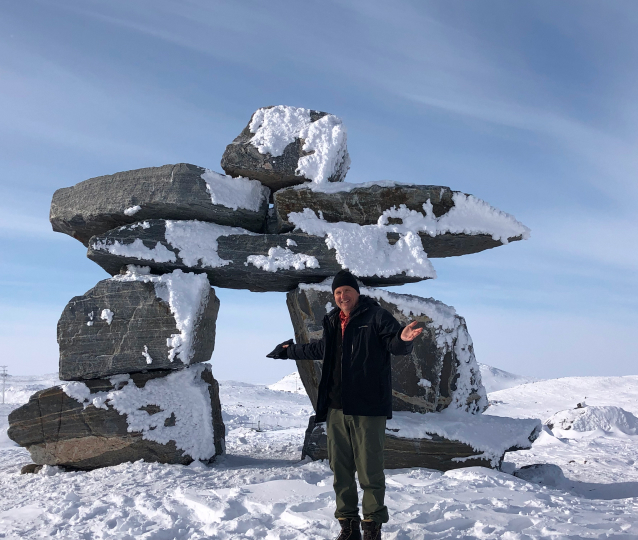
RAGLAN
Nuvumiut - Inuit Partner
BQE has a long operating history at the Raglan Mine situated in Nunavik, QC. The company has been responsible for clean water production for discharge at this site since 2004. Water discharged from Raglan reports to creeks that provide seasonal fishing for artic char and flow into the Arctic Ocean. Marine life in the area is rich and provides local Inuit communities with their main food source; this also increases the communities’ focus on clean water. In 2019, Glencore Canada, the mine owner, made introductions for BQE with Nuvumiut Development Inc., a landholding corporation jointly owned by the communities of Salluit and Kangiqsujuaq. In 2020, BQE formed a joint venture (JV) company BQE Water-Nuvumiut registered in Salluit and majority owned by Nuvumiut. The JV company focuses on providing water treatment services to active mining projects in Nunavik which include Raglan and Canadian Royalties. The JV currently operates four treatment facilities, where the operations are managed by BQE Water. The JV provides training opportunities for members of Inuit communities. Currently, BQE’s operation team includes one junior Inuit operator.

MINTO
Selkirk First Nation
Similar to Raglan, BQE has a long history with the Minto mine starting in 2009 when the company was called in to provide emergency treatment to the mine that was expected to have a negative water balance but ended up flooded following the spring freshet. The mine needed to discharge water into Minto Creek that flows into salmon spawning Yukon River. As a result, the criteria for copper was set at 10 µg/L to prevent ill effects on the olfactory systems of salmon. BQE created an emergency response plan which included in-situ / in-pit treatment to reach this limit, which consulted with aquatic toxicologists and representatives of Selkirk First Nation (SFN) and coordinated and reported on results to the mining company and SFN’s technical advisors. The project was successful but short in duration, spanning only 5 months.
While all interactions between SFN and BQE were very positive, the trust between the mining company and SFN was severely strained, and the mining company was BQE’s client. Therefore, the time was not right for forming a partnership between SFN and BQE. However, when the mine ownership changed and the new owner called BQE to come in and take over water treatment operations, BQE and SFN formed a partnership immediately in 2021. This partnership has been responsible for clean water production at Minto ever since and now treats water during the mine closure under a contract with the Yukon Government.
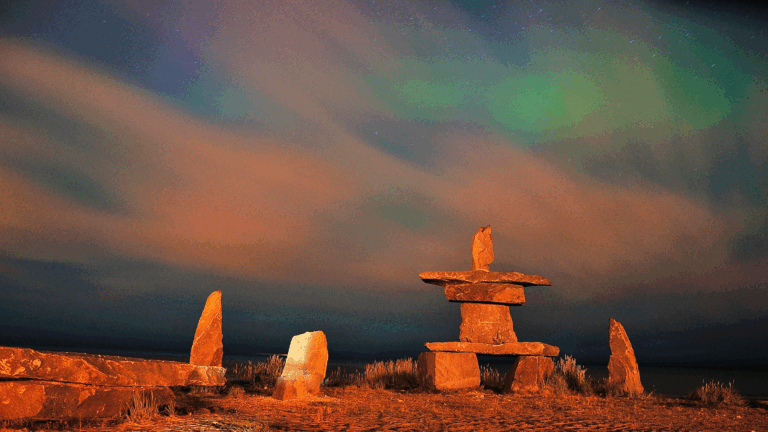
BQE Going Beyond
Every year, BQE makes an effort to demonstrate that the company and its staff care about deepening ties with our partners beyond the obligations set in the partnership agreements. Some activities that we sponsor include:
- Sponsorship of anniversary celebrations of Selkirk FN event.
- Fundraising to help cover the cost of a new septic system for “Family House” in Salluit.
- Sponsorship of training and capacity building for Development Corporation management and oversight (SFN and FNNND).
Learn More About Us
Dive into our technical blog, where we share expert insights and practical knowledge on mine water treatment and related technologies. From detailed explorations of emerging trends to innovative approaches for solving industry challenges, these posts provide a closer look at the technical aspects of our work. Whether you’re a professional seeking deeper understanding or simply curious about the science behind what we do, our blog offers valuable perspectives and actionable ideas.
In Part 1 of our series on thiocyanate, we looked at why this compound is now becoming an issue for the gold industry when this precious metal has been mined...
Nuvumiut Development representatives from left to right Lukasi Tukirqi, Johnny Alaku, Lukasi Pilurtuut and Don Cameron with David Kratochvil of BQE Water in the centre. Earlier this year, we formed...
Thiocyanate is a growing environmental challenge for the gold industry. Harmful to both humans and aquatic life, thiocyanate presence is becoming more prevalent in gold mining effluents. It is formed...



